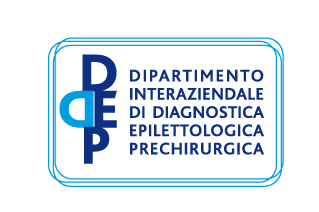Semiology of epileptic seizure database
The clinical dataset of patients that we used in our work was obtained from three clinical epileptological centers: Carlo Besta Neurological Institute, Niguarda Ca Granda Hospital and San Paolo Hospital, all in Milan, Italy. All patients are drug-resistant epileptic patient, who do not present any other pathology (e.g. malignant tumors), and they were operated on and seizure-free for at least one year. All the patients have signed an informed consent to the treatment of their anonymized data.
The dataset is generated as follows. Once clinicians have a collection of video recordings of epileptic seizures, they create a table for each patient in which 29 symptoms are present and which gives the duration in seconds of the seizures. The first 14 rows of the table correspond to the subjective symptoms and the next 15 to the objective symptoms. For each patient, clinicians fill in the table, assigning to the symptoms observed a '1', and a '0' to manifestation not observed. The Semiology Database includes 79 unlabeled patients, of which: 50 patients present temporal lobe epilepsy and 29 patients with extra-temporal lobe epilepsy. The second file (i.e. Key Table Localization) indicates the correct classification of patients and the hospital origin.
For a detailed description of the semiology of epileptic seizure database, please have a look at http://www.sciencedirect.com/science/article/pii/S0933365714000207
DATABASE







